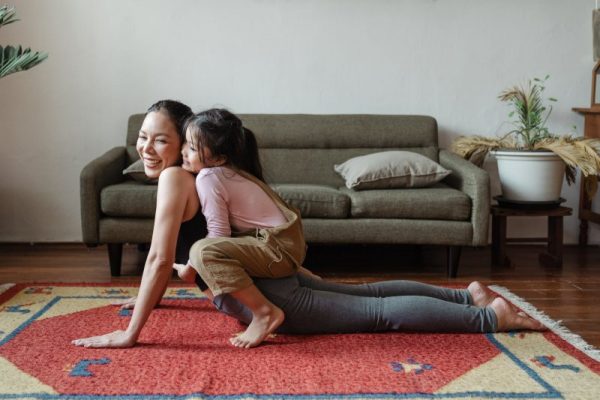Chronic pain is an unwelcome companion for many, impacting daily life and well-being. Moving away from a reliance on medication for pain relief, there are several effective strategies that can help manage chronic pain.
This article explores five practical tips for managing chronic pain without medication. Each approach is grounded in evidence-based practices and can make a significant difference in your quality of life. Let’s dive into these alternatives, focusing on holistic and sustainable pain management methods.
1. Embracing Physical Therapy and Exercise

Engaging in structured physical activity, especially under the guidance of a professional physical therapist, can significantly reduce pain levels and improve mobility. Low-impact exercises like swimming, walking, or cycling are particularly beneficial as they put less strain on the body while still keeping you active.
A physical therapist can tailor an exercise program to your specific needs, taking into account your pain levels and physical limitations. Regular exercise not only strengthens muscles and increases flexibility but also releases endorphins, the body’s natural painkillers. This dual benefit of physical therapy and exercise makes it a powerful tool in the fight against chronic pain.
2. Exploring Structural Integration Techniques
Another effective approach is structural integration, a holistic bodywork technique focusing on the connective tissue, or fascia, that surrounds muscles. If you’re curious about this method, you can search online for structural integration near me, and it will lead you to trained practitioners.
Structural integration works by gently manipulating the fascia to realign and balance the body. This can lead to significant improvements in posture, mobility, and, of course, pain relief. The process involves a series of sessions where a practitioner uses hands-on techniques to stretch and guide the fascia into a more organized and fluid state. This method is not just about temporary relief; it’s about making lasting changes in how the body functions and feels.
3. Adopting Mind-Body Practices

The connection between the mind and body is powerful, especially when it comes to managing pain. Mind-body practices like yoga, tai chi, and meditation can play a significant role in controlling chronic pain.
Yoga, with its gentle stretches and focus on breathing, can increase flexibility, reduce muscle tension, and promote relaxation. Tai chi, often described as meditation in motion, combines slow, deliberate movements with deep breathing, helping to reduce stress and pain. Meditation, particularly mindfulness meditation, can help you learn to focus on the present moment, which can reduce the intensity of pain and help manage the emotional response to pain.
These practices not only help in managing physical pain but also address the stress and anxiety that often accompany chronic pain conditions. By incorporating these mind-body techniques into your routine, you can achieve a more holistic approach to pain management.
4. Improving Sleep Quality

Good sleep is essential for pain management, yet chronic pain can make getting quality rest a challenge. Improving sleep can break this cycle, as well-rested bodies cope better with pain.
Establishing a regular sleep schedule is a fundamental step. Going to bed and waking up at consistent times helps regulate your body’s internal clock, which can improve sleep quality. Creating a restful sleeping environment is also crucial. This means a comfortable mattress and pillows, a cool room temperature, and eliminating light and noise distractions. Avoid stimulants like caffeine and electronics before bedtime, as they can interfere with your ability to fall asleep.
Sometimes, relaxation techniques such as deep breathing exercises or progressive muscle relaxation can help calm your mind and prepare your body for sleep.
5. Utilizing Heat and Cold Therapy
Heat and cold therapies are simple yet effective methods for managing chronic pain. Heat therapy, such as warm baths or heating pads, can increase blood flow and relax muscles, which helps to alleviate pain. It’s particularly effective for muscle stiffness and spasms. On the other hand, cold therapy, like cold packs or ice massages, can reduce inflammation and numb the painful area, providing relief. It’s often used for acute injuries or flare-ups of chronic conditions like arthritis.
The key is to know when to use heat and when to use cold. Sometimes, alternating between the two can be beneficial. Always use a barrier like a towel between the heat or cold source and your skin to prevent burns or frostbite.
Conclusion

Chronic pain doesn’t have to dominate your life. By adopting these non-medication strategies – physical therapy and exercise, structural integration, mind-body practices, improving sleep quality, and using heat and cold therapy – you can gain better control over your pain. Each of these tips offers a way to not just manage pain but also improve your overall quality of life.
What works for one person may not work for another, so it’s important to find the right combination that works for you. It’s also crucial to consult with healthcare professionals before starting any new pain management regimen.






